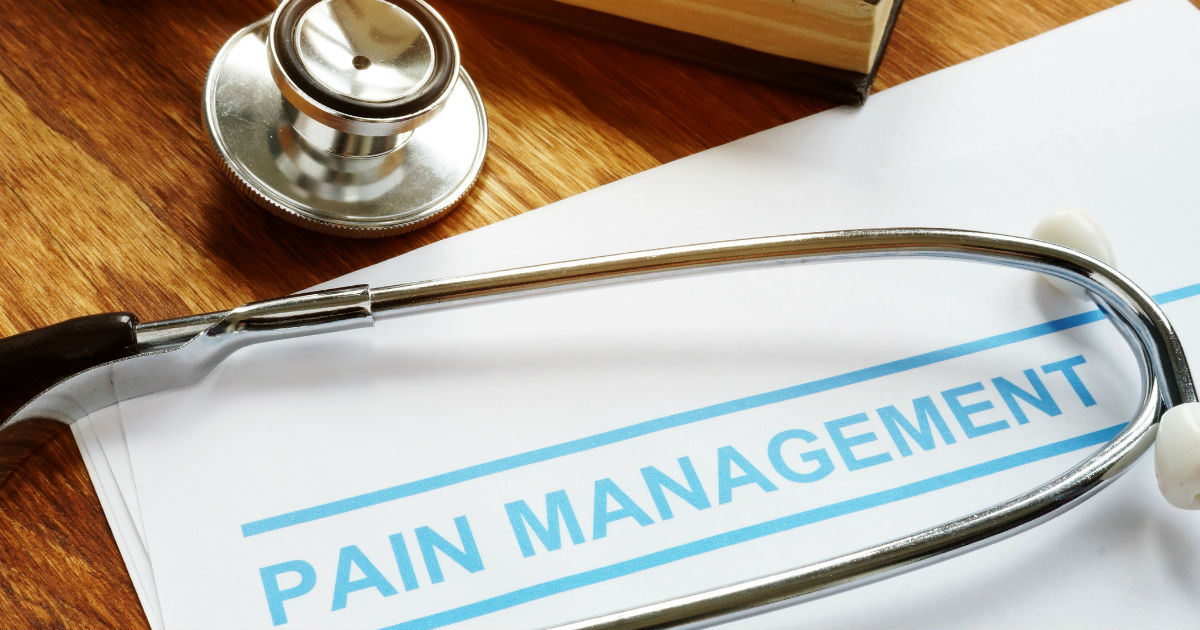
For many people with cancer, pain is a given symptom of the disease and/or a side effect of treatment. Up to 50 percent of all cancer patients experience some level of pain during their cancer journey, according to the National Cancer Institute, while up to 80 percent of patients with advanced disease have cancer-related pain.
Pain from cancer may be caused by tumors pressing on organs or tumors causing organs to press against each other. Pain may also result from damage to bones and/or nerves. For some patients, pain may trigger a series of spin-off side effects, including sleeplessness, reduced mobility, nausea and fatigue, which may make it more difficult for some patients to maintain their treatment schedules.
In a recent chat on Twitter at #AskCTCA, Nathan Neufeld, DO, (@CancerPainDoc) Pain and Palliative Care Program Director for Cancer Treatment Centers of America® (CTCA), answered your questions about pain and pain management.
Question: Why are some cancer patients afraid to take a narcotic for pain management?
Answer: Patients are often afraid of getting addicted to an opioid. Sometimes opioids are the right option for short-term use, but we try to use non-narcotic medications first, or interventional procedures, to avoid opioids whenever possible.
Q: Why are some cancer patients afraid to try a new medication?
A: Most of the time, patients know pain medication will help, but they’re afraid to try something new. As a pain management physician, I try to get patients to take what they need to take by explaining its importance and discussing other options when possible.
Q: Outside of narcotics, are there other pain management options?
A: There are multiple other options, and we consider them before using narcotics as often as possible. Narcotics should really be a third resort. We need to be more sophisticated around how we handle pain.
Q: What are the other pain management options?
A: There are interventional pain management procedures like nerve blocks that numb the pain around the tumor. We also use pain pumps, which release concentrated pain medication on the spine. There are other options, as well, and it’s important for patients to speak with a physician knowledgeable on what’s available and what would make sense for their individual case.
Q: What are the differences between cancer pain and non-cancer pain?
A: All pain is typically categorized as either acute, which means occurring for less than three months, or chronic, which refers to pain that lasts for longer than three months. Cancer patients may experience chronic pain from the disease, but they may also experience acute pain after surgery to remove the tumor, which is referred to as “acute on chronic” pain. This type of pain is often difficult to manage and may require multiple methods to treat.
Q: How do pain management physicians work with other physicians and departments?
A: At CTCA®, I am a part of the patient’s larger care team. I work with radiation oncologists, surgeons, medical oncologists and palliative care physicians to more aggressively treat a patient’s pain.
Q: What is one thing cancer patients should know about the opioid epidemic?
A: The culture around opioids is shifting, and it’s getting increasingly harder to get access to these types of drugs. Ultimately, we have to be creative in how we treat an individual’s pain without opioids. I believe injections and interventions will continue to grow as options for treating pain in cancer patients.
Q: What is the main thing you wish more cancer patients knew about pain?
A: That they don’t have to suffer. Patients should call their doctor to see what options may be available to them. With recent advances in the field, there really is no reason for anyone with cancer to live with unnecessary pain.

